March 2020. I must design a career transition program based on data and IA for Orange. A bit of pedagogical engineering, workshops with experts, benchmarks, and dozens of PowerPoints presentations later, I realize that in the middle of COVID, nothing is simple. Which pedagogical model to adopt? Which partner to choose? How to succeed?
The Orange Group’s data and AI School
It is March 2020, and I am pleased to partner with Orange Campus Data IA, the group’s school that offers a complete range of training in data.
My mission is to design two career paths. On paper, it looks easy: define and contextualize the skill blocks, find the right engineering school, negotiate the partnership and pass the ball to a project manager. But here’s the thing: Europe is undergoing its first confinement. We don’t know how long it will last or if there will be others. What we know for sure is that the educational model must necessarily be resilient, in other words, essentially digital and distance learning.
A market offering that is up to date, following from initial training
The problem is that engineering schools and almost all institutions that offer data science courses offer classroom courses. Of course, these institutions are adapting (virtual classes, resources on platforms, etc.). But will they adapt their pedagogy to these new modalities? Can they really change their historical model? Is this really the learning experience we want to offer our employees?
The choice of an agile, small but strong pure player
The choice is a difficult one: on the one hand, the prestige of reputable establishments with a model that is under pressure, and on the other, pure players whose digital model offers a lot of flexibility – but without a title to match or a flattering reputation… After benchmarking more than a hundred companies, we chose Data Scientest, a young company with impressive growth and already good references. A bold choice but backed by solid convictions.
A resilient educational model: digital, asynchronous and human.
Key considerations in learning experience design:
- Instructional design is key: to contextualize the learning experience; to ensure that the duration of the course and the learning effort are compatible with taking a new job (reskilling) and/or a solid increase in skills (upskilling). Validate the prerequisites and “vacation homework” to be offered to our employees, the technical tests and the selection process.
- Asynchronous training is not enough: it offers a lot of flexibility but leaves the learner with questions and difficulties. We want to pace the training course with synchronous exchanges: with our partner’s experts but also between peers.
- The collective dimension is a “must have”: being supported is good. Working in groups on projects is even better. To learn and work together, but also to immerse oneself in an operational context, on real use cases, in agile mode, with all the data dimensions: quality and availability of data, governance, ethics and performance of algorithms, etc.
- On-the-job training (FEST): accelerates the development of skills. We want to offer each employee a FEST coach. The principle: the coach observes the learner and leads him or her to take a reflective approach. How could I have done otherwise? How can I improve tomorrow?
What are the first results?
In the end, these convictions enabled us to design training courses offering a unique learning experience to more than 70 employees. Today, the first course has a 94% success rate. The second, which should be completed by the end of 2022, should reach 100%. These figures cannot be explained solely by convictions and pedagogical design, as relevant as they are. Other key success factors must be highlighted.
Key success factors
First and foremost, the pedagogical and “human” follow-up of learners. When you’ve never coded in your life and you’re tackling your first difficult sprint on Python, the mountain can seem difficult to climb. It is the project team’s job to listen, motivate, remotivate, support… and carry the employees to the end until they succeed.
A few words to close the loop
I had a lot of pleasure in contributing to the design of a course that placed employees in conditions that enabled success. The pleasure of being part of a project team that carried out everything with the necessary human support. It is thanks to the commitment of the employees but also that of the entire Orange Campus Data IA team that this professional upskilling project is succeeding. A big thanks to them all. 😊

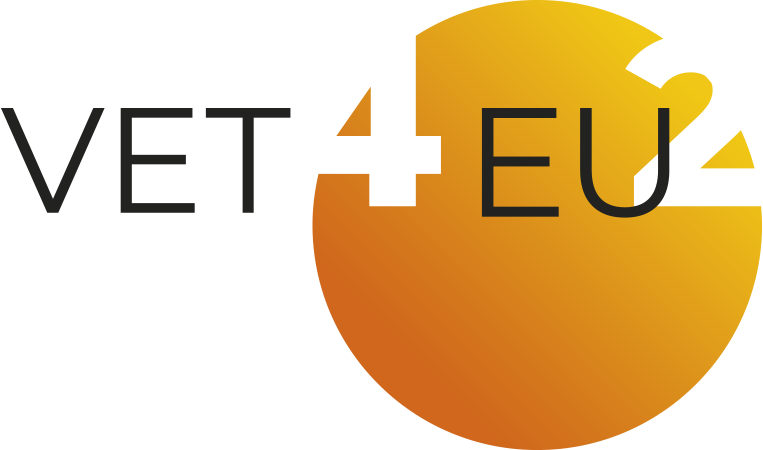
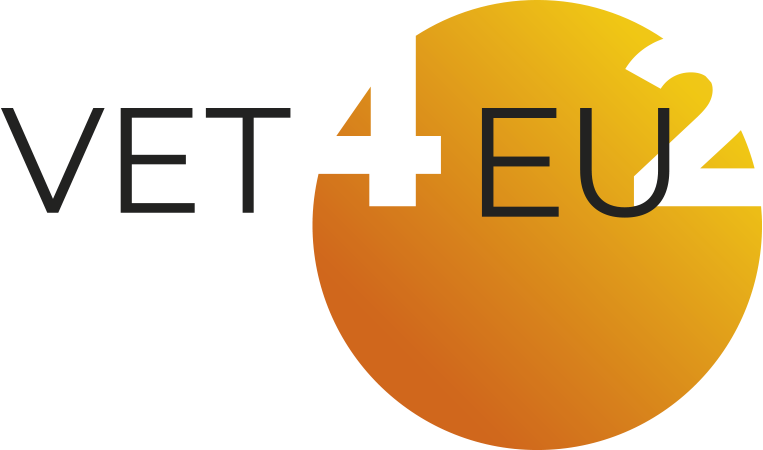

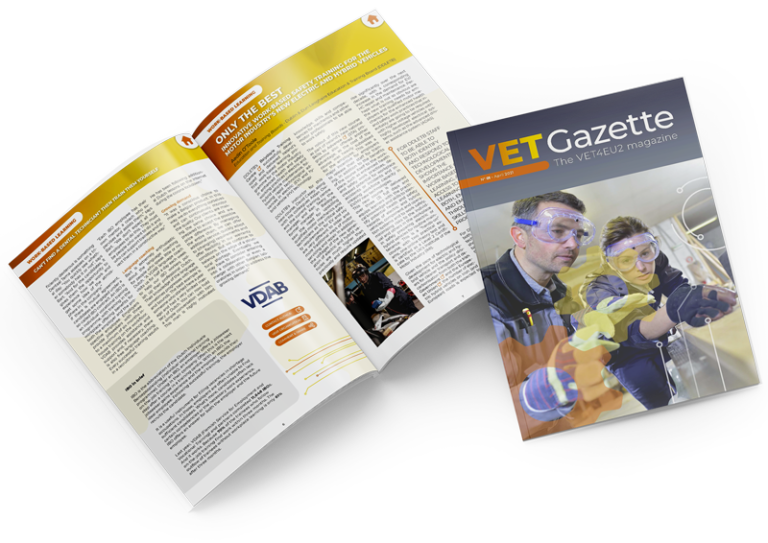
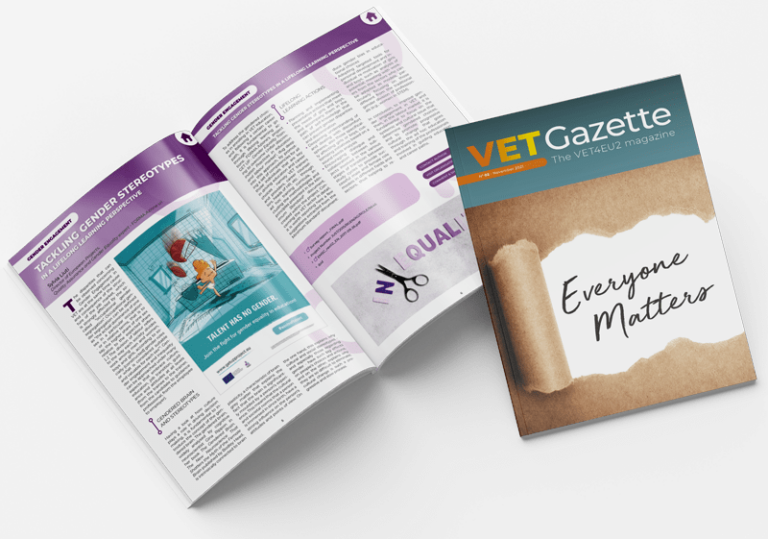

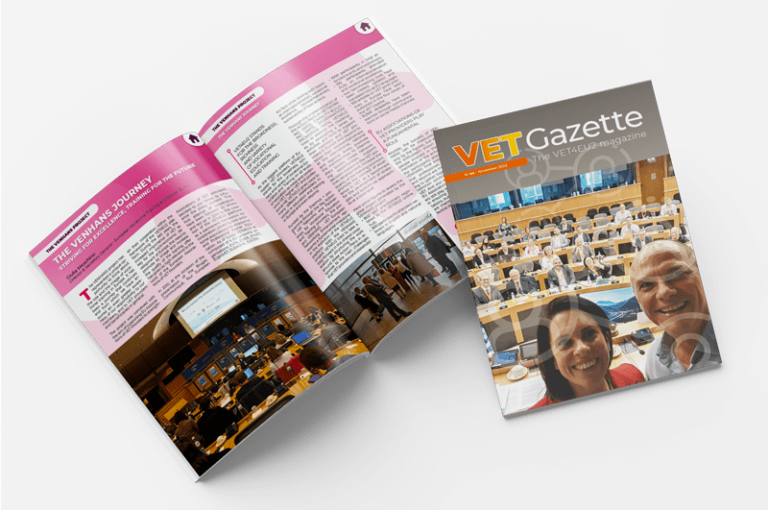

Responses